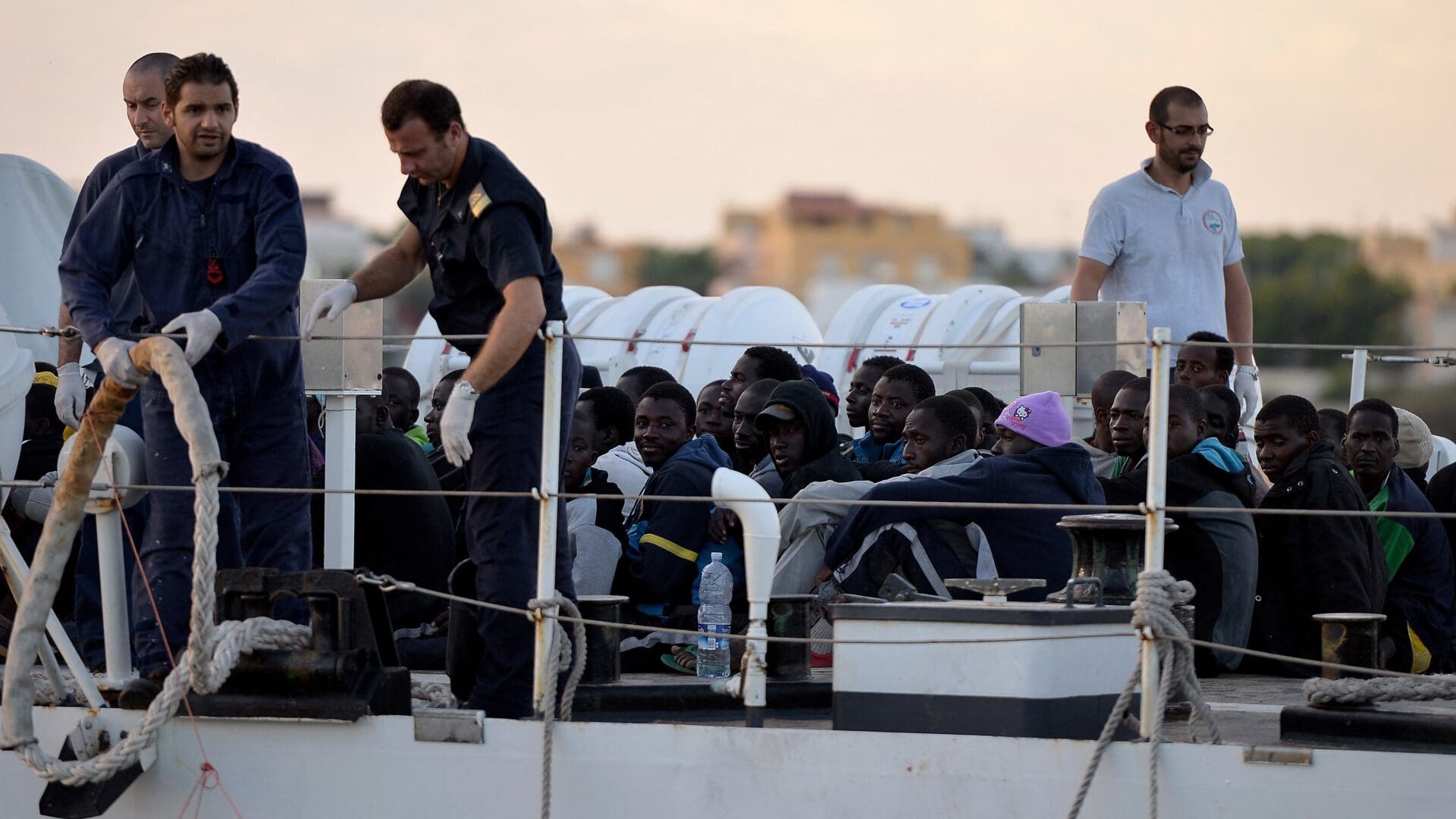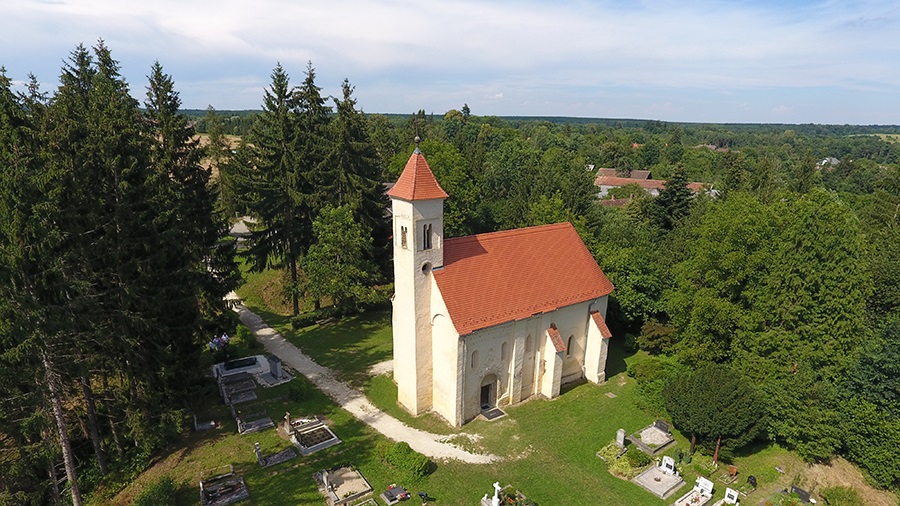Every story has a beginning. Yet, it is often debated where that starting point actually is. When we think of the European migration crisis and the refugee crisis, many link the start of the events to the year 2015, and this year has become the main point of reference. However, this reference is deceptive, especially if we consider that we had witnessed a significant increase in the number of irregular migrants already in 2014, especially on the Central Mediterranean route.
This contradiction is perfectly illustrated by the latest publication of the Migration Research Institute, titled Sodrásban. Pillanatképek az európai migrációs válságról (In the Drift — Snapshots of the European Migration Crisis), edited by Viktor Marsai and Nikolett Pénzváltó, recently published by MCC Press.
If we are to connect the crisis to emblematic and tragic events, October 2013 would be a better choice.
It was then that a 20-metre-long fishing boat full of illegal immigrants sank off the coast of Lampedusa, killing at least 360 people. It was a sad prelude to a process that can still be observed today in the Mediterranean or in the Gulf of Aden. The authors of this book agree that this is when the migration crisis really entered the European debate. It was then that the first naval operation, Mare Nostrum, was launched by the Italians to tackle irregular migration (pages 7-9).
The booklet takes an in-depth look at the European phenomenon of migration, from the number of border crossings and the attitudes of the Hungarian society towards immigration to the V4 and their stance on migration. Klaudia Tóth points out that by 2021, European migration was already reminiscent of pre-Covid times, at least in terms of numbers. As the author points out, according to preliminary data published by Frontex on 11 January 2022, 196,034 border crossings were recorded at the EU’s external borders in 2021, an increase of 38 per cent compared to 2019 and of 57 per cent compared to 2020. It is also clear from this that the EU is moving further and further away from the vision of its founders (11-25).
The study by Szabolcs Janik, Nikolett Pénzváltó and Márk Vargha highlights that according to the 2022 survey of polling company Századvég, the majority of Hungarians are sceptical of and generally reject mass immigration and its alleged benefits. Moreover, illegal immigration is considered by the majority to be extremely dangerous, especially from a security point of view (53-77).
Szabolcs Janik explains that the 2015 migration crisis marked a milestone in V4 cooperation. The four countries developed a distinctive profile on this important issue, and the result is well known: in the course of the (then) decisive cooperation, they gained more political weight than ever before in EU decision-making. In the wake of the crisis, a significant cultural divide opened between the Western and Eastern Member States, centred on different perceptions of national sovereignty and security (79-104).
Márk Vargha analyses the situation of the Mediterranean EU Member States in the current migration crisis. The author argues that Covid has only temporarily eased the burden on the Mediterranean countries. The Mediterranean EU Member States are all trying to fight irregular immigration with legally recognised (or unrecognised) means, drawing varying degrees of criticism from different organisations. After half a decade, there is still no sign of a pan-European solution that would represent an acceptable compromise for all member states (105-143).
Nikolett Pénzváltó focuses on the role of Turkey during the migration crisis. Turkey has become the world’s largest refugee-receiving country since the Syrian crisis erupted in 2011. In 2011, there were nearly four million registered refugees in the country, the majority of whom were Syrian nationals. As Pénzváltó points out, Turkish citizens are not happy about the presence of refugees, and the Turkish political leadership continues to emphasize the temporary nature of the reception. As for the future,
Ankara does not wish to bear the burden alone and act as a buffer state for the EU against illegal migration,
and is expected to present a pricy bill to Brussels (169-193).
Omar Sayfo presents the Syrian refugee crisis. He writes that after 2011, almost half of Syria’s population fled their homes, with 6.5 million people seeking asylum inside the country and 5.6 million outside by 2015. In the 2015 wave, 600,000 Syrians arrived in Germany and 100,000 in Sweden. The majority of Syrians initially left because of the fighting and fearing for their lives, but are now leaving mainly because of the economic situation. Refugees, meanwhile, are the biggest burden on neighbouring states (pp. 195-214).
Blanka Kovács and Virág Novák-Varró take a lookt at the population movements from Afghanistan in the case of Iran and Pakistan. The authors explain that Pakistan lacks a coherent migration policy and this makes it difficult to support refugees. Meanwhile, not only large-scale immigration but also mass emigration is a serious problem for Iran (pp. 215-250).
Viktor Marsai and Klaudia Tóth explain that although Africa’s migration patterns are not radically different from those of other regions,
the continent’s size will make it a key issue for Europe in the coming decades to keep immigration from Africa in check.
In this context, it will be particularly important to find answers to the challenges emerging from North Africa and the Sahel region (251-289).
Géza Dobó and his co-authors address the issue of refugees and their situation in Ukraine. The long and thorough study shows that the Ukrainian refugee wave has posed a major challenge to EU Member States. Most of the Ukrainian refugees have found temporary protection in Poland, Germany and the Czech Republic, but practices differ between Member States. While fewer people applied for temporary protection status in Hungary, it was still a challenge to accommodate them, as Budapest provides a wide range of support for those who remain (325-375).
And finally, the author of these lines has contributed an essay on the new wave of antisemitism in Europe and its links to migration (291-323).
The book provides irrefutable professional arguments and precise references, with each chapter concluding with a summary and a well-edited bibliography. It is clear that this is another important work in the Migration Research Institute’s series of books, and one that is well worth reading for professionals and lay readers alike. We can only hope that it will soon be translated to English.








